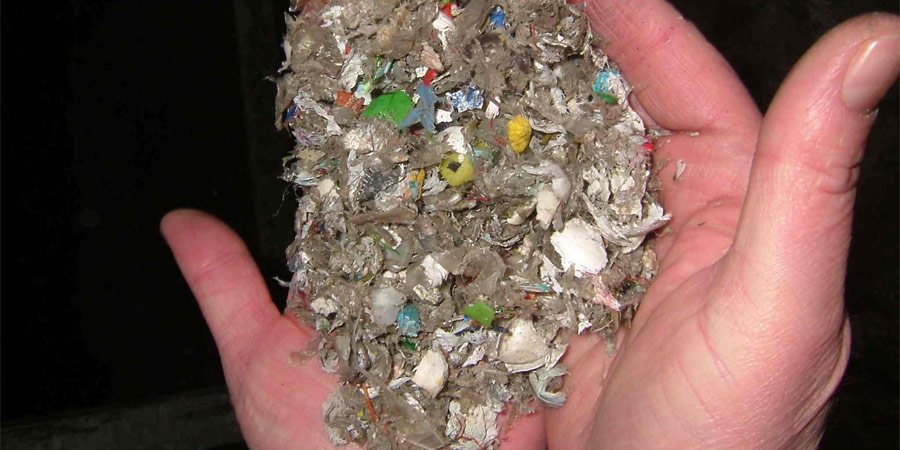
The use of alternatives to fossil fuels has been growing rapidly in cement production in recent decades. The selection of alternative raw materials and fuels requires careful consideration of the potential impact on environmental emissions, process operation, cement health and safety, cement performance, overall economics, as well as compliance with relevant regulations.
Common alternatives to coal, oil, or gas include:
- Waste lubricating oils
- Chlorinated hydrocarbons
- Solvents
- Plastics
- Used tires
- Refuse derived fuel
- Sewage sludge
- Animal bone meal
- Rice husks
- Timber waste
The use of alternative fuels in the manufacture of cement has been growing rapidly, due to the need to find responsible ways to dispose of these materials and due to their economic advantage to the cement producer. Kiln fuel typically represents approximately 25% of clinker production costs, with fossil fuels costing around $100/t. Alternative fuels often cost much less, and can even command a gate fee (negative cost).
Another key driver is sustainability. While all fuels release CO2 when burned, some alternative fuels are considered CO2 neutral. The CO2 captured when anything organic is grown is then released when the material is burnt, resulting in net zero CO2 emissions. Using alternative materials such as used tires can also be considered an environmentally acceptable alternative to dumping them in landfills.
While using these materials can provide economic and environmental benefits, their use can introduce minor elements that can have a negative impact on certain cement quality parameters that need to be addressed. It is not always a straightforward task to identify a definitive effect of a single element on quality. Professor H. F.W. Taylor in his book “Cement Chemistry” notes that, “minor components can affect the properties of a clinker phase…such as by causing changes in crystal size, morphology, or structural perfection, and can also modify the microstructure of the clinker as a whole. The effects of adding more than one minor component are not simply additive and can be complex.”
However, the role of some minor elements have been studied sufficiently to predict certain potential effects on properties such as water demand, set time, and strength development. Once an impact on quality has been identified, it is possible that the appropriate cement additive can mitigate the negative quality impact, thereby facilitating the use of the alternative fuel or waste material.
Treating the quality issues with chemical additives to the finished grinding system represents a cost-effective way of mitigating the potential negative quality impacts that may originate from the use of alternative fuels and waste materials in the cement manufacturing process.
Learn more about cement additives.
Tags
- Building Envelope Solutions
- Cement
- OPTEVA™
- Producer
- Structural Solutions
- TAVERO®